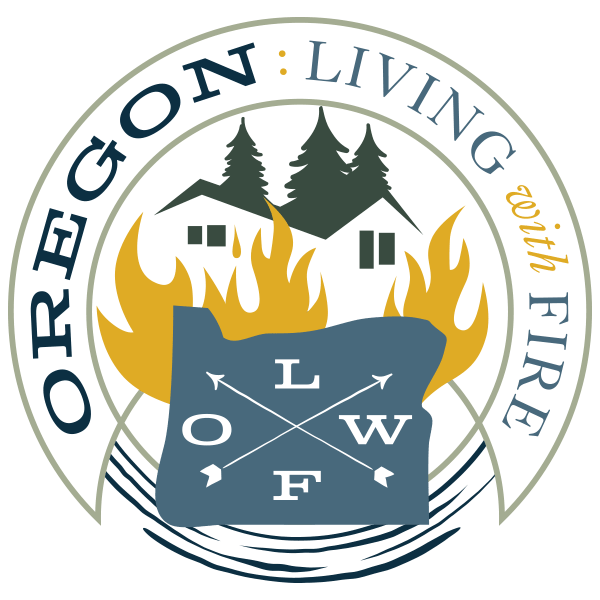effective suppression
Where land and resource management differ, prudent and safe actions must be taken through collaborative fire planning and suppression response to keep unwanted wildfires from spreading to adjacent lands and jurisdictions.
Fire management decisions are based on the best available science, knowledge, and experience, and used to evaluate risk versus gain. Safe and aggressive initial attack if often the best suppression strategy to keep unwanted wildfire small and costs down. Central Oregon has robust suppression capacity and collaboration between agencies. The structural, state, and federal agencies meet frequently to discuss response capabilities and barriers that exist.
The relatively small percentage of fires that escape initial response are vitally important, as they account for a disproportionate percentage of the area burned, damage to homes and communities, and injuries and fatalities. An effective and safe collective response system which accounts for multiple suppression roles is essential. Response is the last line of defense and action, coming after fires have started and there is little recourse.
Because large wildfires cause significant challenges, it is important to know where large, long-duration wildfires are likely to occur and plan accordingly. It is up to our local agencies to determine what definitions they’d like to apply to “large” and “long-duration”. There are also social considerations such as smoke and threats to life and property local agencies must prepare for ahead of fire season.
Prioritizing response resources towards structure protection locally is critical. However, this is where community action and strategic landscape scale treatments come into play. Local agencies will have a clearer picture of the risk and able to prioritize resources with greater flexibility if the other actions are taken in the landscape. Greater flexibility could lead to enhanced ecological benefits, reduced overall suppression costs, and less direct risk to firefighters.
